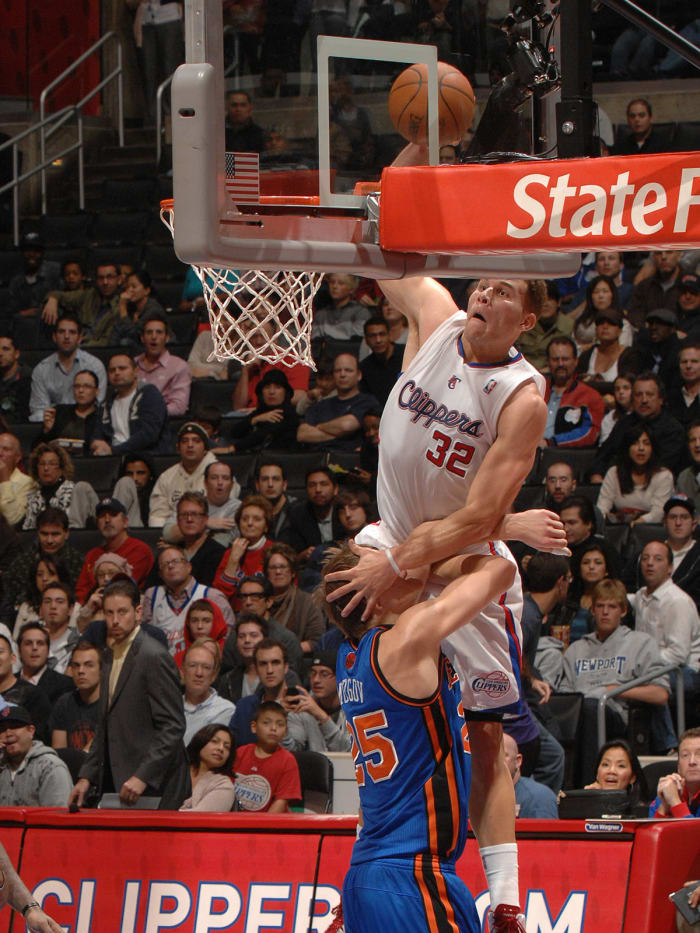Home »
Misc »
How to understand basketball
How to understand basketball
Basketball Basics - The Rules, Concepts, Definitions, and Player Positions
The rules of basketball, thankfully, are fairly straightforward.
However, if youre coaching younger players, these rules can be easily forgotten once they take the floor.
The three-second rule (which well discuss later in this article) is just one of many great examples.
But before you can teach the rules to your team, you must know them yourself.
So keep reading, because by the end of this article, youll be up to speed on all the basketball rules so you can teach your players and help them develop throughout the season!
The Rules
Basketball is a team sport.
Two teams of five players each try to score by shooting a ball through a hoop elevated 10 feet above the ground.
The game is played on a rectangular floor called the court, and there is a hoop at each end.
The court is divided into two main sections by the mid-court line.
If the offensive team puts the ball into play behind the mid-court line, it has ten seconds to get the ball over the mid-court line.![]()
If it doesn't, then the defense gets the ball.
Once the offensive team gets the ball over the mid-court line, it can no longer have possession of the ball in the area behind the midcourt line.
If it does, the defense is awarded the ball.
Basketball Court 1The ball is moved down the court toward the basket by passing or dribbling. The team with the ball is called the offense. The team without the ball is called the defense.
The defense tries to steal the ball, contest shots, deflect passes, and garner rebounds.
Points
When a team makes a basket, they score two points and the ball goes to the other team.
If a basket, or field goal, is made outside of the three-point arc, then that basket is worth three points. A free throw is worth one point.
Free throws are awarded to a team according to some formats involving the number of fouls committed in a half and/or the type of foul committed.
Fouling a shooter always results in two or three free throws being awarded the shooter, depending upon where he was when he shot.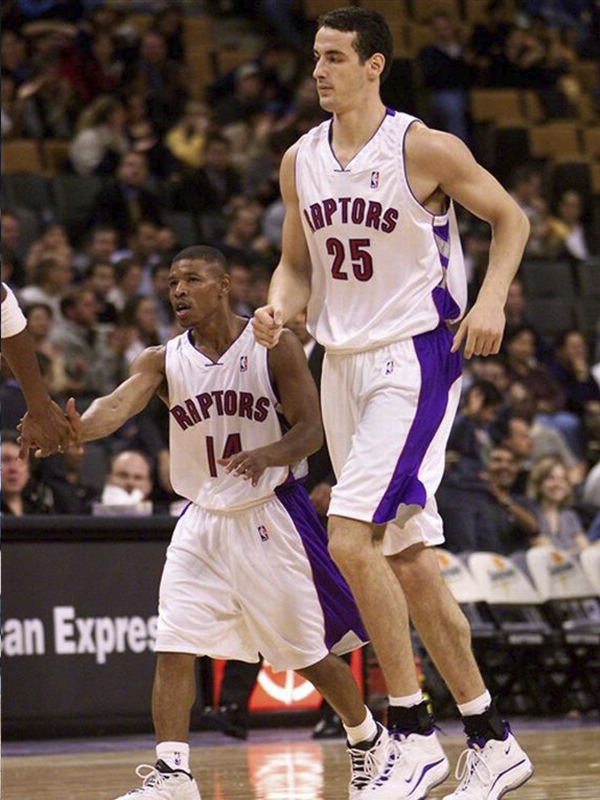 If he was beyond the three-point line, then he gets three shots.
If he was beyond the three-point line, then he gets three shots.
Other types of fouls do not result in free throws being awarded until a certain number have accumulated during a half (called team fouls).
Once that number is reached, then the player who was fouled is awarded a '1-and-1' opportunity. If he makes his first free throw, he gets to attempt a second. If he misses the first shot, the ball is live on the rebound.
Game Clock
Each game is divided into sections, and all levels have two halves.
In college, each half is twenty minutes long.
In high school and below, the halves are divided into eight (and sometimes, six) minute quarters. In the pros, quarters are twelve minutes long.
There is a gap of several minutes between halves. Gaps between quarters are relatively short.
If the score is tied at the end of regulation, then overtime periods of various lengths are played until a winner emerges.
Basket Assignment and Tip-Off
Also, each team is assigned a basket or goal to defend.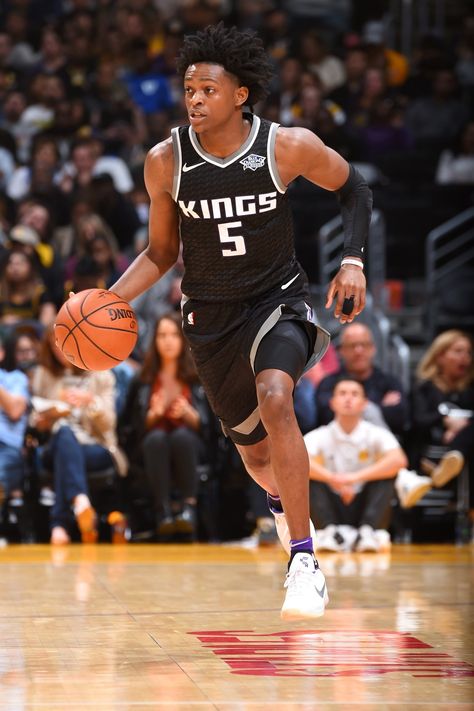
This means that the other basket is their scoring basket.
At halftime, the teams switch goals.
The game begins with one player from either team at center court.
A referee will toss the ball up between the two. The player that gets his hands on the ball will tip it to a teammate. This is called a tip-off.
(NOTE: Looking for a simple plan you can follow with your youth team? Or just some additional drills and plays to keep your players engaged and set them up for success? Check out our FREE 72 Winning Youth Drills and Plays eBooks to help your players develop AND have fun doing it.)
Fouls and Violations
In addition to stealing the ball from an opposing player, there are other ways for a team to get the ball.
One such way is if the other team commits a foul or violation.
FOULS
Recommended Resources for Youth Coaches
Coaching Youth Basketball Successfully
60+ Youth Basketball Drills
Simple Offense for Youth Basketball
Personal fouls: Personal fouls include any type of illegal physical contact.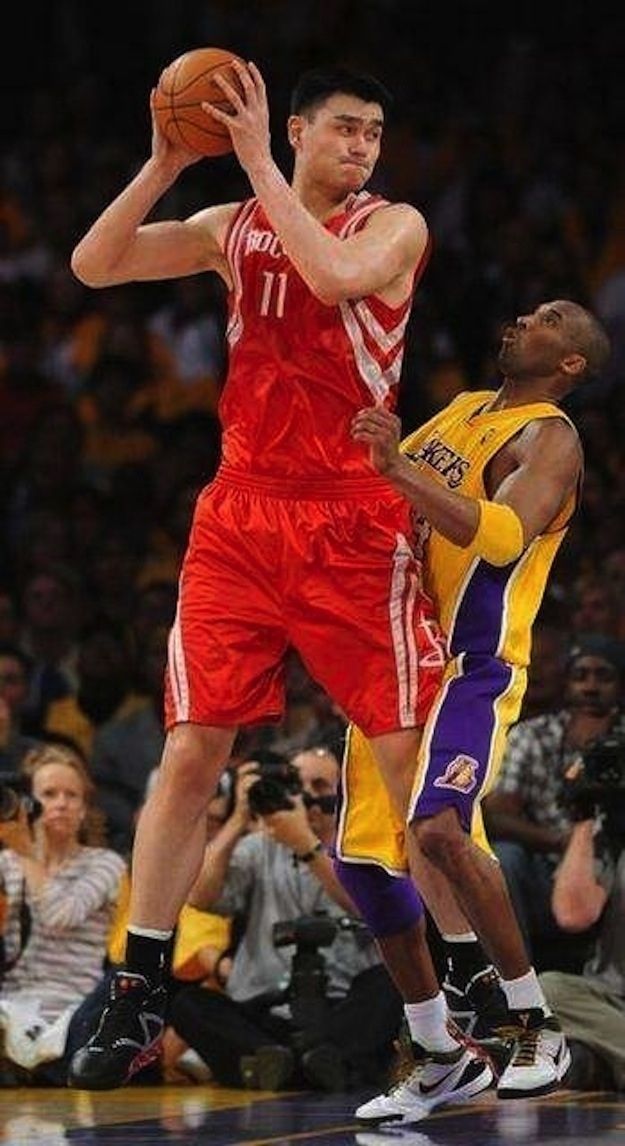
- Hitting
- Pushing
- Slapping
- Holding
- Illegal pick/screen -- when an offensive player is moving. When an offensive player sticks out a limb and makes physical contact with a defender in an attempt to block the path of the defender.
Personal foul penalties: If a player is shooting while a being fouled, then he gets two free throws
if his shot doesn't go in, but only one free throw if his shot does go in.
- Three free throws are awarded if the player is fouled while shooting for a three-point goal and they miss their shot. If a player is fouled while shooting a three-point shot and makes it anyway, he is awarded one free throw. Thus, he could score four points on the play.
- Inbounds. If fouled while not shooting, the ball is given to the team the foul was committed upon.
They get the ball at the nearest side or baseline, out of bounds, and have 5 seconds to pass the ball
onto the court.
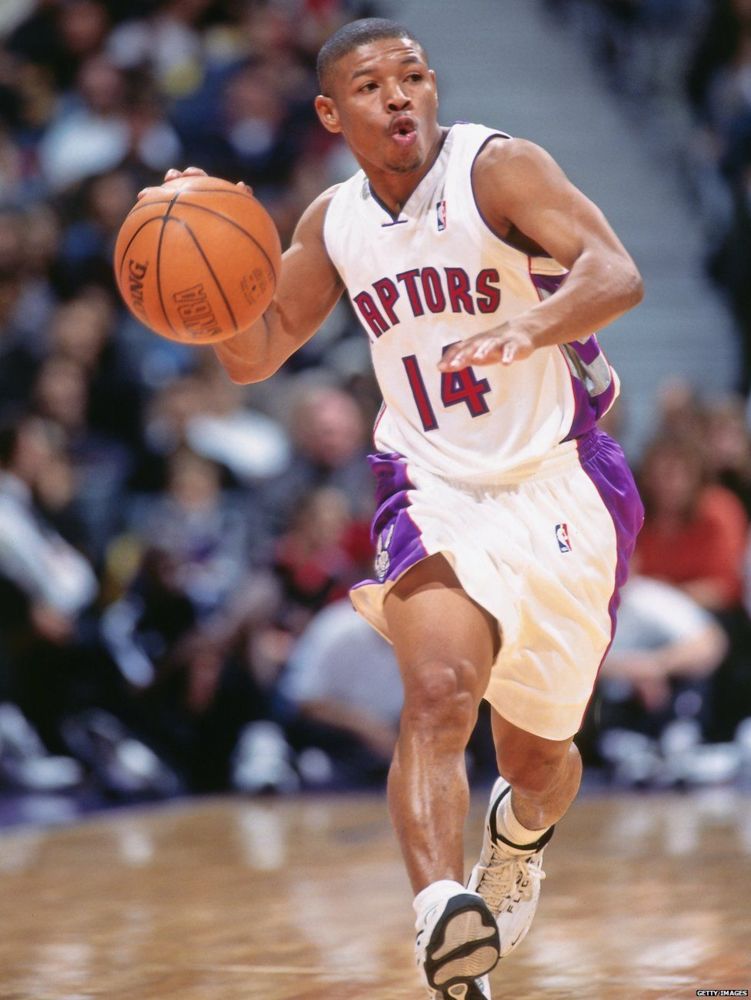
- One & one. If the team committing the foul has seven or more fouls in the game, then the player
who was fouled is awarded one free throw. If he makes his first shot, then he is awarded another free
throw.
- Ten or more fouls. If the team committing the foul has ten or more fouls, then the fouled player
receives two free throws.
Charging. An offensive foul that is committed when a player pushes or runs over a defensive
player. The ball is given to the team that the foul was committed upon.
Blocking. Blocking is illegal personal contact resulting from a defender not establishing
position in time to prevent an opponent's drive to the basket.
Flagrant foul. Violent contact with an opponent. This includes hitting, kicking, and punching.
This type of foul results in free throws plus the offense retaining possession of the ball after the free throws.
Intentional foul. When a player makes physical contact with another player with no reasonable effort to
steal the ball.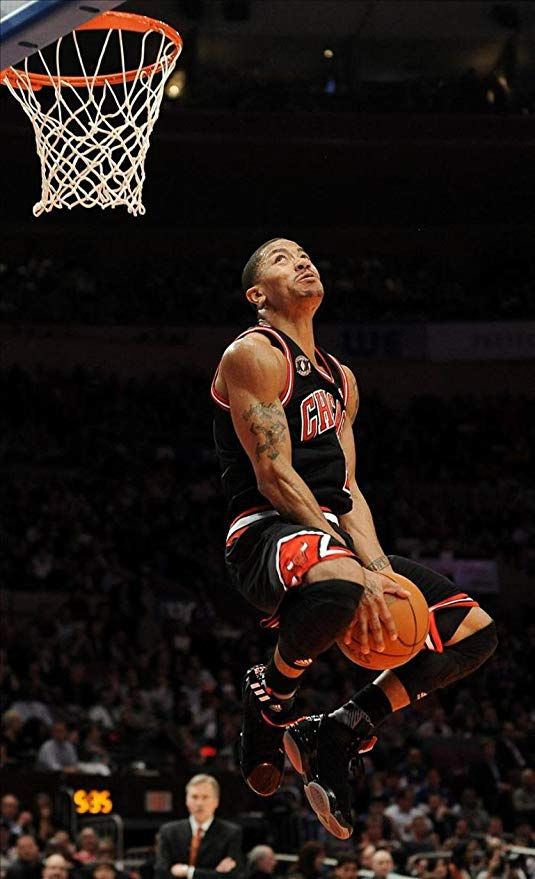 It is a judgment call for the officials.
It is a judgment call for the officials.
Technical foul. Technical foul. A player or a coach can commit this type of foul. It does not involve
player contact or the ball but is instead about the 'manners' of the game. Foul language, obscenity, obscene
gestures, and even arguing can be considered a technical foul, as can technical details regarding filling in the
scorebook improperly or dunking during warm-ups.
VIOLATIONS
Walking/Traveling. Taking more than 'a step and a half' without dribbling the ball is traveling.
Moving your pivot foot once you've stopped dribbling is traveling.
Carrying/palming. When a player dribbles the ball with his hand too far to the side of or, sometimes, even under the ball.
Double Dribble. Dribbling the ball with both hands on the ball at the same time or picking up the
dribble and then dribbling again is a double dribble.
Held ball. Occasionally, two or more opposing players will gain possession of the ball at the same time.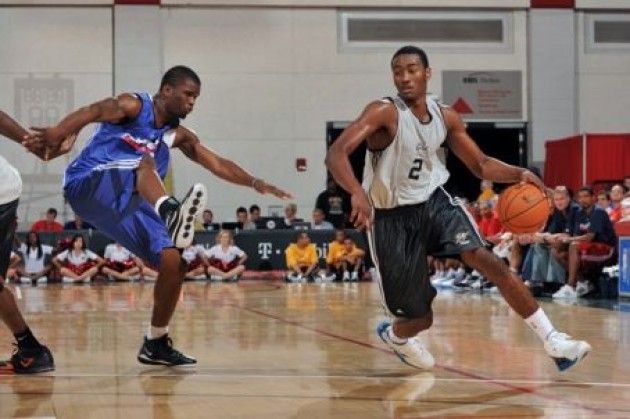 In order to avoid a prolonged and/or violent tussle, the referee stops the action and awards the ball to one
team or the other on a rotating basis.
In order to avoid a prolonged and/or violent tussle, the referee stops the action and awards the ball to one
team or the other on a rotating basis.
Goaltending. If a defensive player interferes with a shot while it's on the way down toward the basket,
while it's on the way up toward the basket after having touched the backboard, or while it's in the cylinder
above the rim, it's goaltending and the shot counts. If committed by an offensive player, it's a violation and the ball is awarded to the opposing team for a throw-in.
Backcourt violation. Once the offense has brought the ball across the mid-court line, they cannot go back
across the line during possession. If they do, the ball is awarded to the other team to pass inbounds.
Time restrictions. A player passing the ball inbounds has five seconds to pass the ball. If he does not,
then the ball is awarded to the other team. Other time restrictions include the rule that a player cannot have the
ball for more than five seconds when being closely guarded and, in some states and levels, shot-clock restrictions
requiring a team to attempt a shot within a given time frame.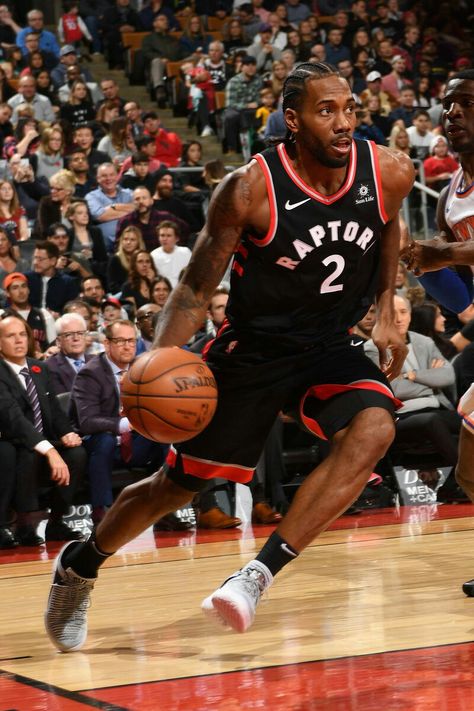
Player Positions
Center. Centers are generally your tallest players. They generally are positioned near the basket.
Offensive -- The center's goal is to get open for a pass and to shoot. They are also responsible for blocking
defenders, known as picking or screening, to open other players up for driving to the basket for a goal. Centers
are expected to get some offensive rebounds and put-backs.
Defensive -- On defense, the center's main responsibility is to keep opponents from shooting by blocking shots
and passes in the key area. They also are expected to get a lot of rebounds because they're taller.
Forward. Your next tallest players will most likely be your forwards. While a forward may be called
upon to play under the hoop, they may also be required to operate in the wings and corner areas.
Offensive -- Forwards are responsible to get free for a pass, take outside shots, drive for goals, and rebound.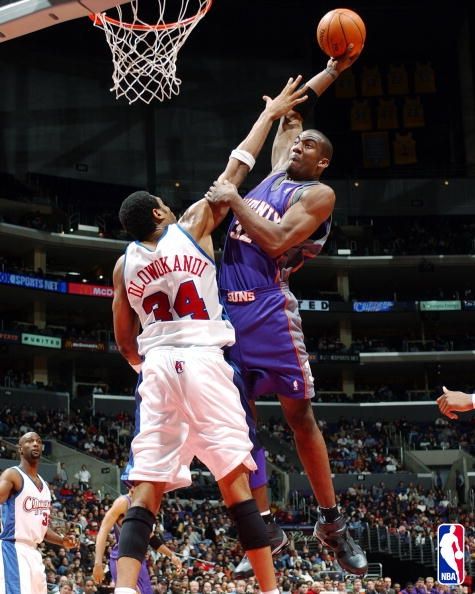
Defensive -- Responsibilities include preventing drives to the goal and rebounding.
Guard. These are potentially your shortest players and they should be really good at dribbling fast, seeing
the court, and passing. It is their job to bring the ball down the court and set up offensive plays.
Offensive -- Dribbling, passing, and setting up offensive plays are a guard's main responsibilities. They also
need to be able to drive to the basket and to shoot from the perimeter.
Defensive -- On defense, a guard is responsible for stealing passes, contesting shots, preventing drives to the
hoop, and for boxing out.
Where Should New Coaches Start?
Now that you understand the fundamentals, the smartest plan you can follow from here is to help players develop those skills with structured drills and practices.
Our FREE 72 Winning Youth Drills and Plays resource is designed for coaches like you, to help in:
- Understanding the proper technique for the most important skills like shooting, passing and dribbling
- Teaching players these skills using easy-to-follow drills
- Giving players structure with simple plays designed for youth athletes
It even includes diagrams and step-by-step instructions so you can help your players develop AND have fun doing it.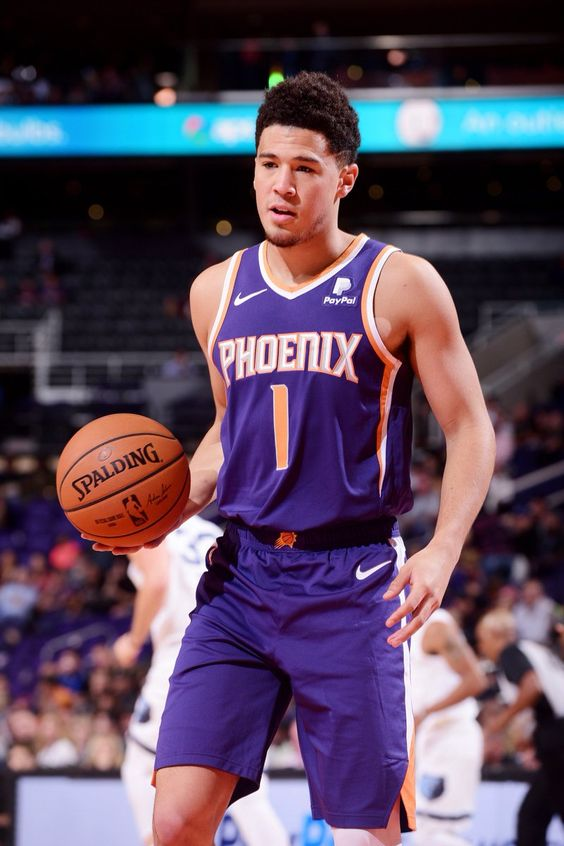 ..
..
Even if you have little or no basketball (or coaching) experience.
Click the link below, and well send you a copy right away (along with a Special "skill development" Bonus for your players).
Get My FREE Drills and Plays, plus a Special Bonus.
To your basketball success!
Jeff and Joe Haefner
P.S. Here are a few additional resources to help you master basketball fundamentals:
- Shooting
- Passing
- Dribbling
- Lay ups
- Jump stops
- Pivoting and footwork
- Jab steps
- Screening
- Cutting
- Defense
- Rebounding
These are all critical fundamentals to master because they'll make you and your team better, no matter what age level or situation you might be in.
Basketball Basics
Home>Sports>Basketball>Basketball Articles
PreviousNext
What are the basics of basketball? What are the most important things to know about basketball? Get ready to learn the basic rules of basketball.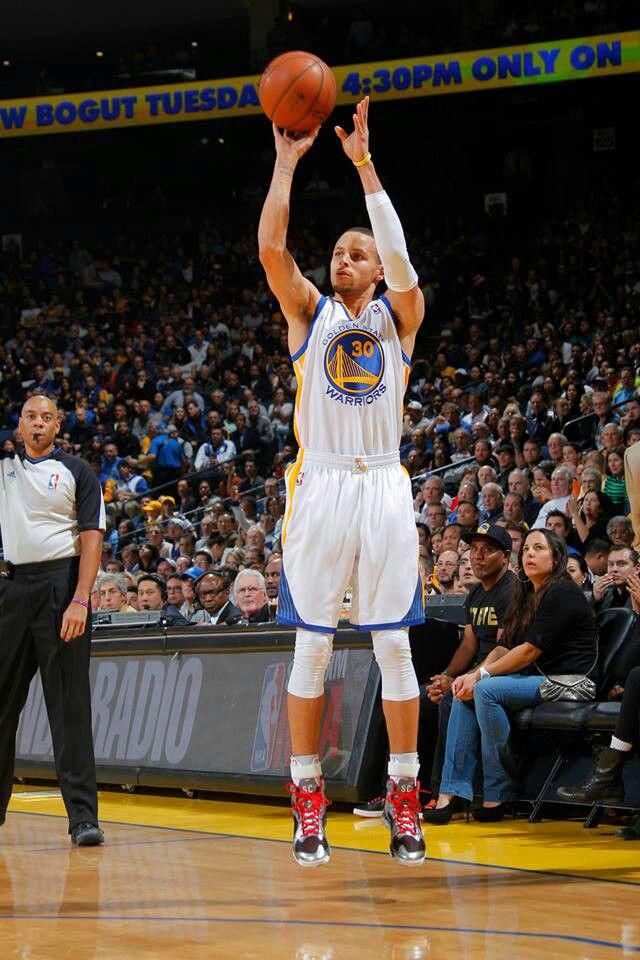
Table of Contents
- Basics of Basketball
- Most Important Things To Know About Basketball
- The Court
- Player Positions
- List of Basketball Basic Rules
- Basketball Basics Summary
- FAQ
Basics of Basketball
Basketball is a team sport where players work together to get the basketball through a hoop on offense and stop the opposing team from scoring on their hoop on defense. It is played with a round leather ball that has a circumference of 29.5 inches. Basketball games start with a jump ball at the mid-court line.
There are five players on the court for each team at once. The two teams each have a basket to attack and a basket to defend. Teams are awarded points when their players make shots. Players move the basketball by passing it to teammates or dribbling it off the ground.
The game ends when the clock runs out. A buzzer ends each quarter or half in basketball. Some competitions also include a shot clock, which limits the time a team can possess the ball without shooting it.
Some competitions also include a shot clock, which limits the time a team can possess the ball without shooting it.
Most Important Things To Know About Basketball
In basketball, the team with the most points at the end of the game wins. Points are scored by making shots. There are three main shot types: free throws, two-pointers, and three-pointers. They are worth one, two, and three points each, respectively. Players try to get the rebound after missed shots. Rebounds are when players gather the ball after a missed shot and control possession.
There are two baskets on either side of the court, and a team is assigned one basket to attack and the other to defend. This means that teams will run back and forth across the court when possession changes. After a made shot, a player must inbound the ball by standing out of bounds under the basket and passing it to a teammate on the court.
The Court
The playing surface in basketball is known as the court. The dimensions of the court can vary at different levels of play. In the NBA, it measures 94 feet long by 50 feet wide; in most high school leagues, the court measures 74 feet long by 42 feet wide. The court is surrounded by boundary lines. If a player steps on or over the perimeter of the court while holding the ball, they are considered out of bounds, and the referee will stop play. Other important parts of the court to know are the mid-court line, free throw lines, and three-point lines.
The dimensions of the court can vary at different levels of play. In the NBA, it measures 94 feet long by 50 feet wide; in most high school leagues, the court measures 74 feet long by 42 feet wide. The court is surrounded by boundary lines. If a player steps on or over the perimeter of the court while holding the ball, they are considered out of bounds, and the referee will stop play. Other important parts of the court to know are the mid-court line, free throw lines, and three-point lines.
The mid-court line splits the court into two halves. There are a few rules related to the mid-court line, but it is most important to know that once your team crosses mid-court with the ball, the ball cannot go back behind the line unless the other team touches it.
The free throw line is where players go to shoot “free throws” after a shooting foul, technical foul, or during the bonus situation. The free throw line is located 15 feet away from the backboard on both sides of the court.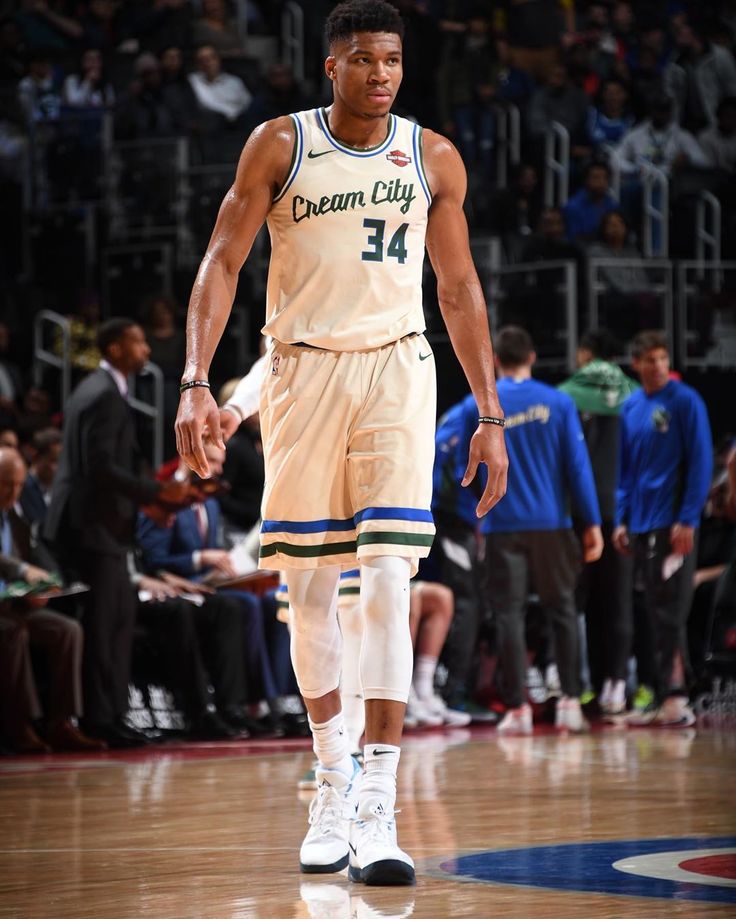 During free throws, players take “free” shots where the opponent is not allowed to play defense. A made free throw is worth one point.
During free throws, players take “free” shots where the opponent is not allowed to play defense. A made free throw is worth one point.
The three-point line is an arc located on both halves of the court. At its furthest point, the three-point line is 23 feet and 9 inches away from the hoop in the NBA, while in high school, it is usually 19 feet and 9 inches away from the hoop. If a player makes a shot while standing behind this line, it is worth three points. Any shots made from inside this line (except free throws) are worth only two points.
Player Positions
In basketball, there are five positions that players are assigned to on the court. These positions are the point guard, shooting guard, small forward, power forward, and center. Players are not always stuck at a specific position and may switch throughout the game.
- Point Guard: Usually the leader of the team, point guards have excellent passing and dribbling skills. They most often have the ball in their hands and run the offense.
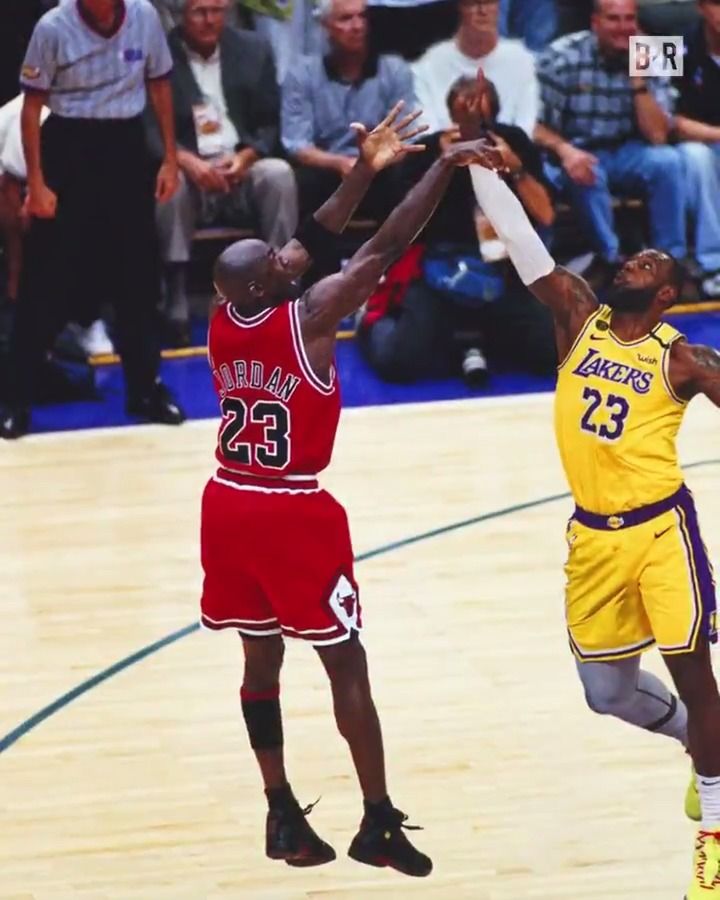
- Shooting Guard: As the name suggests, shooting guards are generally the best shooter on the team. They must be proficient at dribbling to help the point guard.
- Small Forward: Possessing a diverse skill set and playing both on the inside and outside of the three-point line, small forwards must be able to guard both guards and forwards on defense.
- Power Forward: A strong, physical player that has a similar role to the center but is more capable of shooting from the outside.
- Center: Typically the tallest player on the court, centers are great at getting rebounds, blocking shots on defense, and shooting close to the basket.
List of Basketball Basic Rules
The most basic rules of basketball involve fouls, traveling, and inbound passes. They include:
- Fouls
- Jump Balls
- Traveling
- Double Dribble
- Inbound Passes
- Two-Pointers
- Three-Pointers
- Free Throws
Fouls are called by the referees when a player gets too physical with an opponent.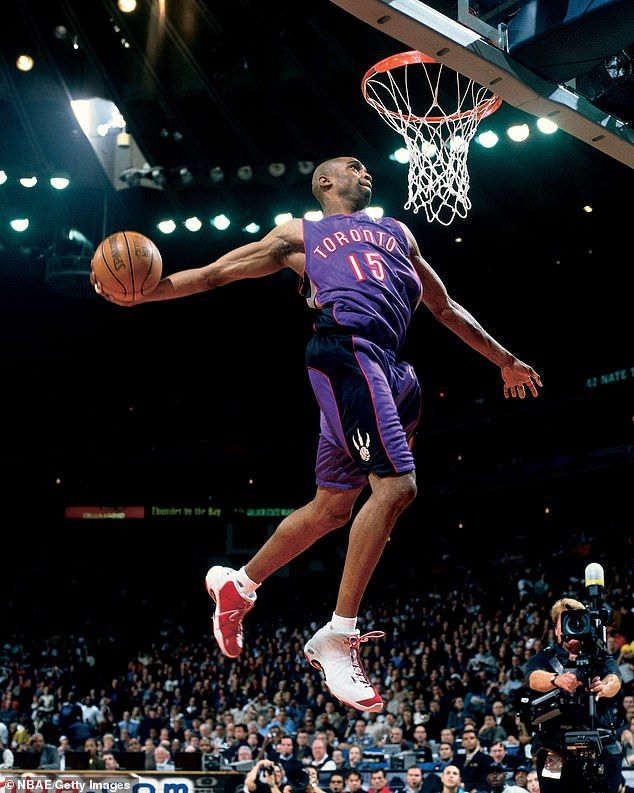 Types of fouls include personal fouls, shooting fouls, technical fouls, and flagrant fouls. Fouls can result in a restart of play, free throws, or turnovers.
Types of fouls include personal fouls, shooting fouls, technical fouls, and flagrant fouls. Fouls can result in a restart of play, free throws, or turnovers.
A jump ball is used to start the game to decide who gets possession. Two players stand at the center circle and attempt to tip the ball to their teammates after it is thrown into the air by a referee.
Players are not allowed to carry the ball without dribbling for more than two steps. They will be called for a traveling violation by the referee.
A player may not dribble the ball, stop dribbling, and then dribble again; this is known as a double dribble violation. After a player picks up their dribble, they must pass to a teammate or shoot the ball before they can dribble again.
All made shots are followed by an inbound pass for the team that just conceded the basket. Players must stand out of bounds and pass the ball to a teammate standing in bounds in five seconds or less.
If a player makes a basket within the boundary of the three-point line, they earn what is known as a field goal or a two-pointer.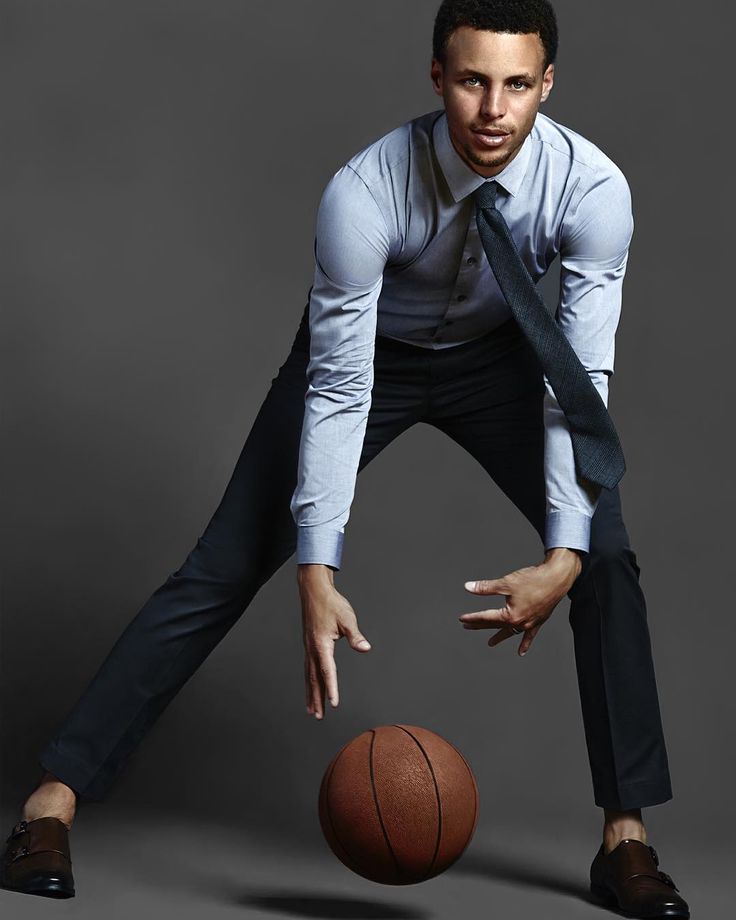 A successful shot that occurs when the shooter is outside of the three-point line is referred to as a three-pointer. In addition to these scoring methods, players can earn free throws if they are fouled by another player, and each free throw is worth a single point.
A successful shot that occurs when the shooter is outside of the three-point line is referred to as a three-pointer. In addition to these scoring methods, players can earn free throws if they are fouled by another player, and each free throw is worth a single point.
Basketball Basics Summary
Basketball is a five-a-side game in which players try to shoot the ball through a hoop to earn points. The team with the most points when the game clock hits 0:00 wins the game. Each team must play offense and defense. The goal of basketball is to score as many points as possible by successfully shooting the ball through the hoop.
Some basic rules of basketball at all levels include fouls, traveling, and inbound passes. Fouls prevent teams and players from being too aggressive, while traveling keeps the game challenging. Inbound passes are critical because they describe how the game restarts after a made shot.
FAQ
How does basketball work?
Basketball works by two teams of five attempting to score points by passing (shooting) the ball through the opposing team’s hoop.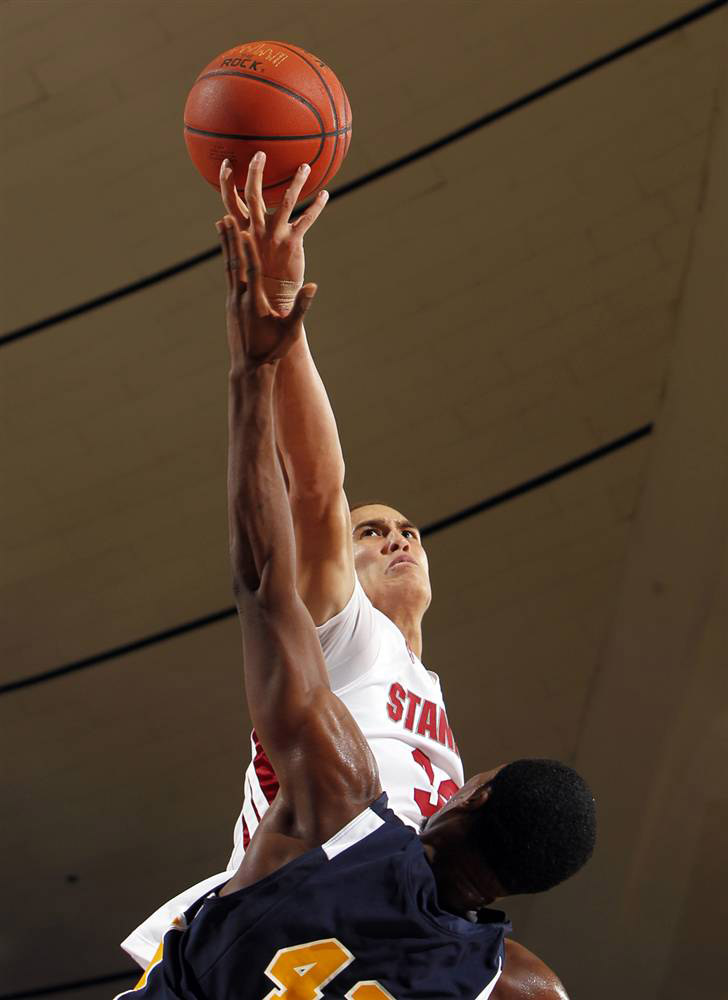 A team must score a point within a certain amount of time, dictated by the shot clock, otherwise, the ball is turned over to the opposing team. The clock stops for fouls, out-of-bounds, and timeouts. When the game clock has wound down to zero at the end of the final half or quarter of play, the team with the highest score wins.
A team must score a point within a certain amount of time, dictated by the shot clock, otherwise, the ball is turned over to the opposing team. The clock stops for fouls, out-of-bounds, and timeouts. When the game clock has wound down to zero at the end of the final half or quarter of play, the team with the highest score wins.
What is the best way to play basketball for beginners?
The best way to play basketball for beginners is to practice dribbling and shooting alone, either at home or a nearby park or gym. That way, they can gain confidence in their fundamentals before playing with others. It is important for beginners to make sure they have proper clothing and footwear, as well as sufficient fitness and training to compete on the court for an entire game. Other good skills for beginners to practice include jumping, passing, and ball handling, especially with their non-dominant hand.
Where can you play basketball?
Basketball is a sport that can be played in a variety of locations.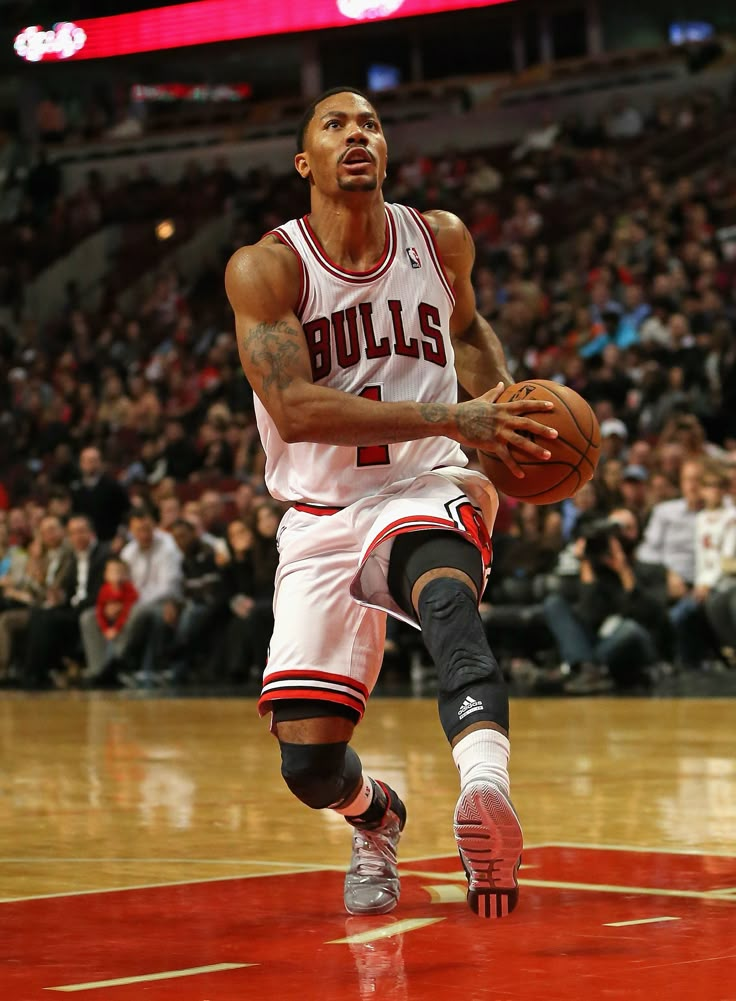 Traditionally, basketball is played on basketball courts. These courts can be made of wood, cement, or synthetic materials and be either indoors or outdoors. Most towns and cities have local basketball courts where people can play for free, and many gyms and schools offer basketball courts to their teams or members. However, basketball can be played in different forms almost anywhere with space, so long as there is at least one basketball hoop, and many people have a basketball hoop at their homes to play the game.
Traditionally, basketball is played on basketball courts. These courts can be made of wood, cement, or synthetic materials and be either indoors or outdoors. Most towns and cities have local basketball courts where people can play for free, and many gyms and schools offer basketball courts to their teams or members. However, basketball can be played in different forms almost anywhere with space, so long as there is at least one basketball hoop, and many people have a basketball hoop at their homes to play the game.
PreviousNext
Pages Related to Basketball Basics
- Basketball Articles
- Basketball Summary
- How Does Basketball Betting Work?
- Basketball
- What is Basketball?
- How Much Do Basketball Tickets Cost?
PreviousNext
Terms in basketball that everyone should know
These 11 concepts will help even a beginner to better understand the game
WE DECIDED TO HELP LEARN BASKETBALL LANGUAGE FOR BEGINNERS, IN ORDER TO NOT LOSS ON THE COURT AND BETTER UNDERSTAND EXPERIENCED PLAYERS.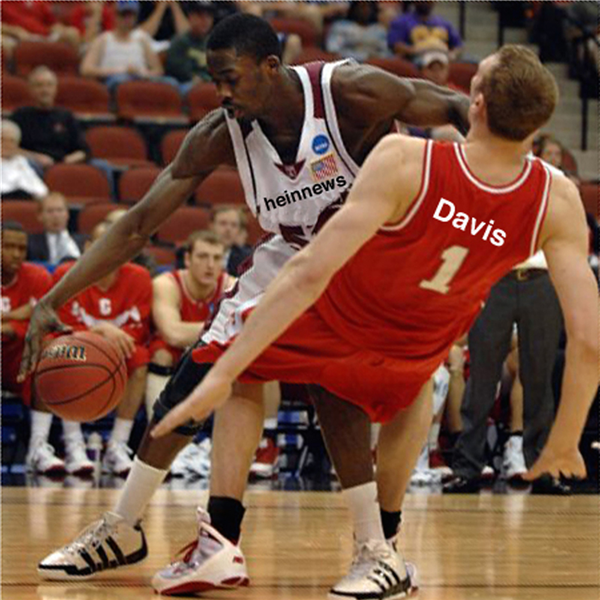
RUNNING
Foul when a player with the ball takes too many steps without starting or after dribbling. The simplest and at the same time complex rule, because it has many nuances. This video breaks down the latest amendments and clearly explains what is possible and what is not:
RUNNING
Foul when a player with the ball takes too many steps without starting or after dribbling. The simplest and at the same time complex rule, because it has many nuances. This video breaks down the latest amendments and clearly explains what is and isn't allowed:
PENALTY (PENALTY)
A free throw that is taken after a foul in the "throw phase", a technical or unsportsmanlike foul, or overrun of team fouls. On the site it is easy to find the line from where the free kick is taken.
We have a free throw recommendation article. Read the blog: BASKETBALL PENALTY SHOT
AND1 (END ONE)
The exclamation and symbol used by players after a foul shot is scored.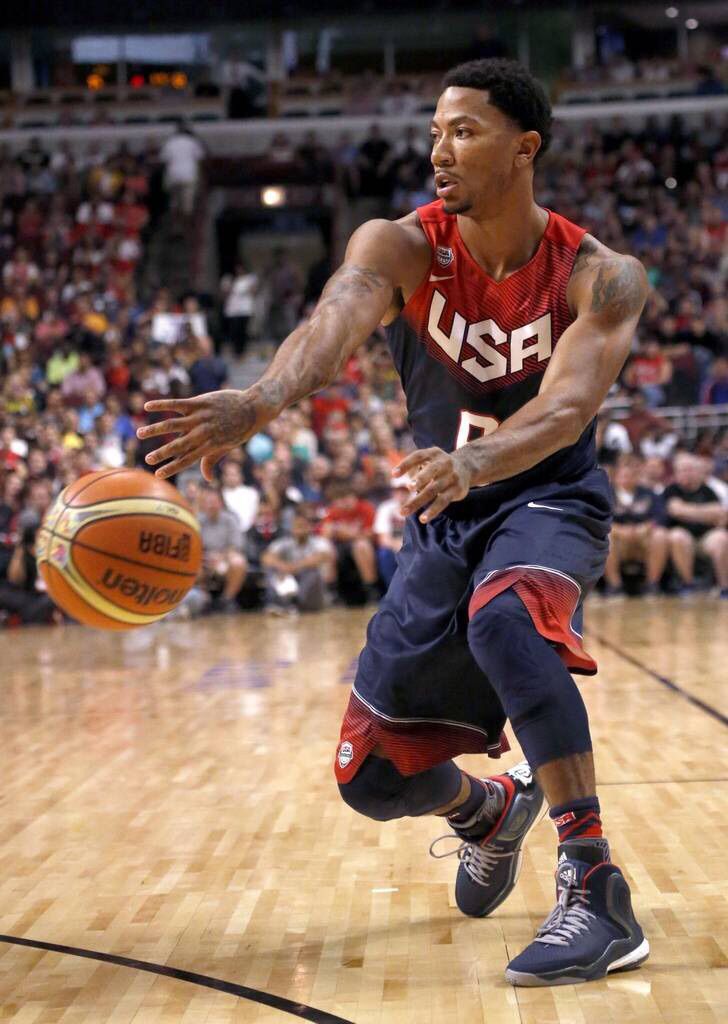 Denotes "and one more", because after hitting in violation of the rules, it will perform a free throw, and this is an opportunity to score more points for attack.
Denotes "and one more", because after hitting in violation of the rules, it will perform a free throw, and this is an opportunity to score more points for attack.
PAINT (THREE SECOND ZONE)
An area on the court in which an attacking player cannot stay for more than 3 seconds, otherwise there will be a violation. The name "paint" was derived from highlighting it with color on set.
THREE / LONG / OUT OF THE ARCH (THREE-POINT SHOT)
A 3-point shot in big basketball and 2 points in 3-on-3 basketball. On the court, the 3-point zone is marked with a line in the form of an arc.
LAY UP
The most common shot from under the basket, during which the player usually moves towards the basket.
DUNK / SLAM DUNK
Overhand throw when the ball is released from the hands over the hoop and moves straight down.
ALLEY-OOP
A pass after which the receiving player throws the ball before landing.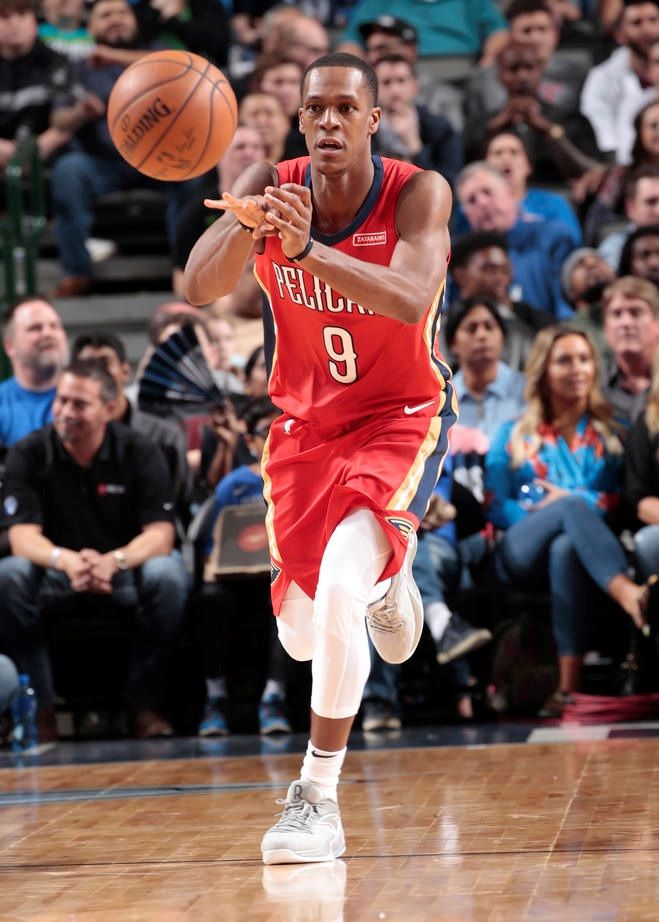 Most often, such a transfer ends with a dunk, and it looks spectacular.
Most often, such a transfer ends with a dunk, and it looks spectacular.
To dunk and finish alley-ups beautifully, you need to have a good jump. We have a video with 5 top tips for this:
ASSIST (ENG - ASSIST)
A successful pass, after which the player hits the basket. In basketball, before throwing, he can perform one or two hits without beating the opponent, and the transfer will still be considered in the scoring column.
To give a lot of assists, you need to be able to make different passes. Read the article with types of passes: PASSING IN BASKETBALL
REBELLING
The event when a player receives the ball after a shot or block shot. Some players have made a whole art out of this element of the game. For example, Dennis Rodman:
Do you want to take your first steps in basketball or improve your basic skills? We have a Basic Basketball Skills workout for you. See the schedule and sign up:
SIGN UP
Coach: Yuriy Bespalov
- Professional player of the INANOMO 3x3 team;
- Champion of Russia 3x3 2019;
- Winner and medalist of the MOFB championship;
- 2017 MLBL Summer League MVP;
- Multiple participant of Moscow Open;
- Champion of Moscow 3x3 2017;
- MVP GrunisCup 2017.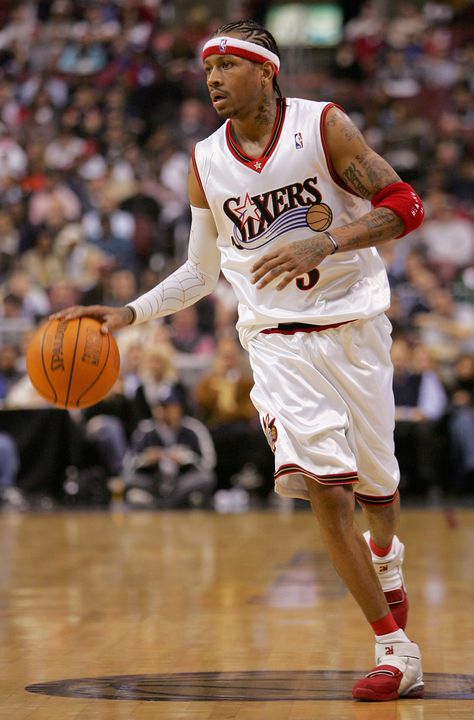
If you liked the article, don't forget to share it with your friends.
MORE ARTICLES FROM
BLOG
We write useful articles about basketball training, basketball shoes and everything related to this beautiful game.
Basketball games of our childhood
Who got into the NBA right out of school?
Who got into the NBA right out of high school?
24 Facts About Kobe Bryant
The Day the Sports Stopped: How the Bubble Was in the NBA
NBA 2K: All Video Game Covers speak the same language
Learn to speak the same language
WE DECIDED TO HELP TO LEARN THE LANGUAGE OF BASKETBALL FOR BEGINNERS IN ORDER TO NOT LOSS ON THE COURT AND UNDERSTAND EXPERIENCED PLAYERS BETTER.
!!! If you haven't seen the first article with 11 terms, read it first:
!!! If you haven't seen the first article with 11 terms, read it first:
Basketball terms everyone should know
This word in basketball has two meanings: sometimes they say this about the bench. "Sit on the bank." And sometimes they call it a block shot. We hope that you will distribute cans, and not sit on it.
"Sit on the bank." And sometimes they call it a block shot. We hope that you will distribute cans, and not sit on it.
Another definition for a block shot:
Pick and roll
One of the simplest combinations in basketball, which is based on the interaction of two players. The first moves with the ball, the second puts a screen (peak) and after the screen he turns around (roll) and moves to the ring.
Pick and Pop
This combination is a variation of the pick and roll, only in this version the player who puts the screen does not move towards the ring, but opens up to the throw.
The difference in playing the combination will be in reading the actions of the defense.
In the 1990s, Utah and their duo of Karl Malone (2 in all-time scoring) and John Stockton (1 in all-time assists) often played this combo.
Eurostep
One of the ways to complete the attack in the passage is when the first step is taken in one direction and the second in the other.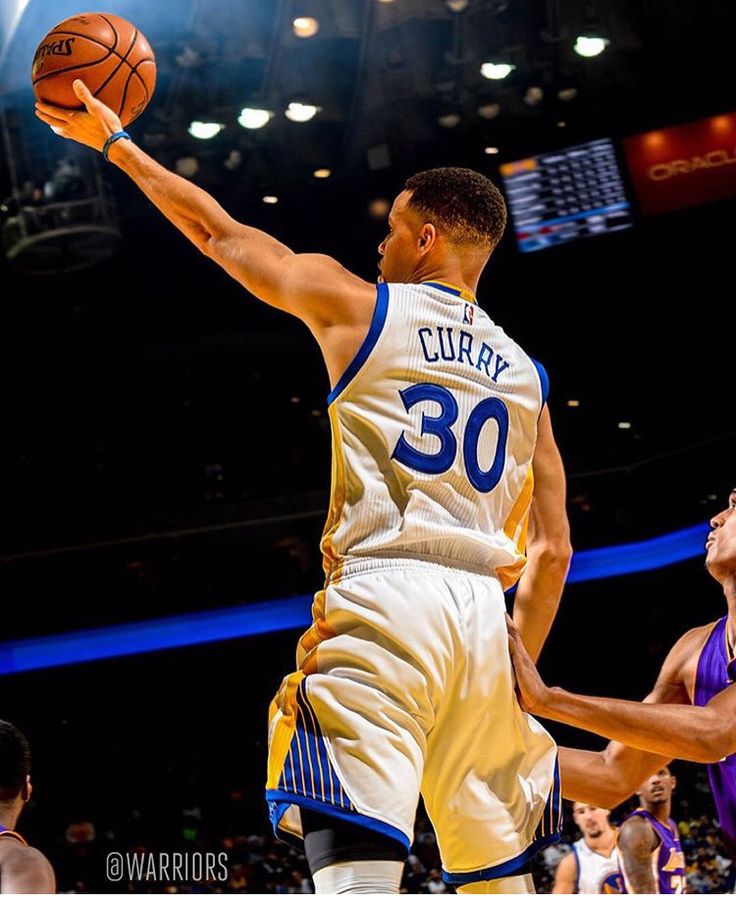 This movement began to be popularized by Manu Ginobili, and now Giannis Antetokounmpo stands out with this technique from his size, sweeping steps and powerful dunks from not the most convenient positions.
This movement began to be popularized by Manu Ginobili, and now Giannis Antetokounmpo stands out with this technique from his size, sweeping steps and powerful dunks from not the most convenient positions.
See a short and simple analysis from the Greek:
Back door
A type of offensive interaction when a player without the ball runs behind his defender and receives a pass there. For a better understanding, watch the video:
Ankle breaker
A term that is often heard in relation to street basketball, although it is sometimes seen at the professional level. This phrase refers to a situation where the ball carrier makes some movement and the defender goes down. In some cases, the ankle is twisted along with this ...
Coast to coast
This is the name given to the passage of one player from his ring to someone else's in a fast break.
Double, triple (triple-double) and quadruple-double
All these terms refer to achievements in statistics per match.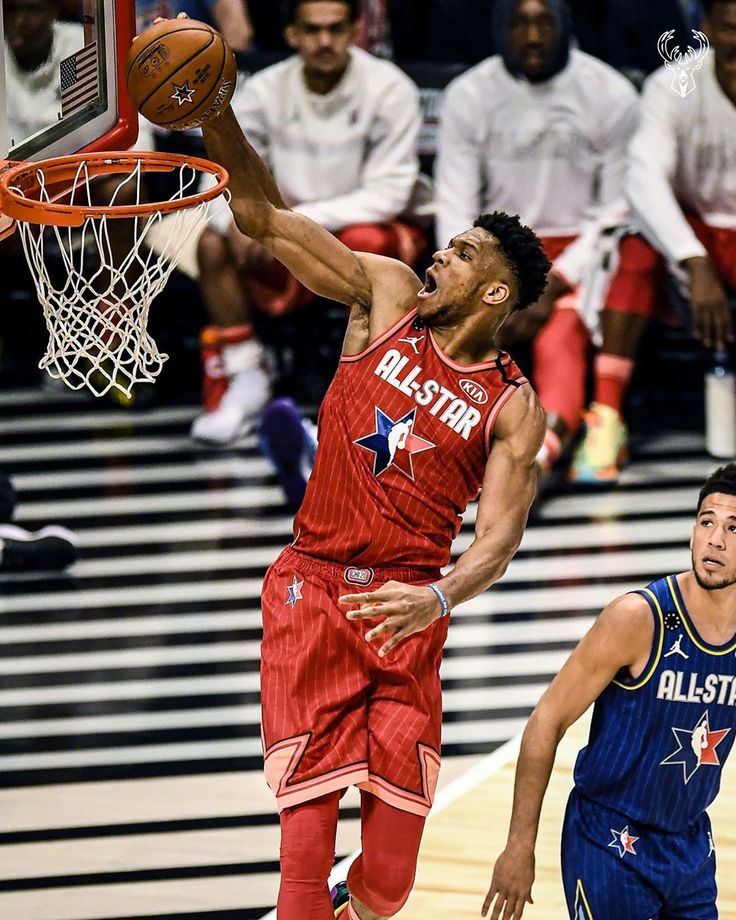 Each game is recorded: points, rebounds, assists, block shots and interceptions. When 10+ points are observed for 2 indicators of them, it will be a double. If according to 3 indicators - triple, if according to 4 - quadruple-double.
Each game is recorded: points, rebounds, assists, block shots and interceptions. When 10+ points are observed for 2 indicators of them, it will be a double. If according to 3 indicators - triple, if according to 4 - quadruple-double.
Interesting fact: Russell Westbrook is the second player in history to average a triple-double per game in 1 season. However, he is the only one who has done this more than once.
Interesting fact
Only 4 people in the history of the NBA collected a quadruple double. The last one was recorded in 1994 by David Robinson.
Do you want to take your first steps in basketball or improve your basic skills? We have a Basic Basketball Skills workout for you. See the schedule and sign up:
SIGN UP
Coach: Yuriy Bespalov
- Professional player of the INANOMO 3x3 team;
- Champion of Russia 3x3 2019;
- Winner and medalist of the MOFB championship;
- MLBL Summer League MVP 2017;
- Multiple participant of Moscow Open;
- Champion of Moscow 3x3 2017;
- MVP GrunisCup 2017.